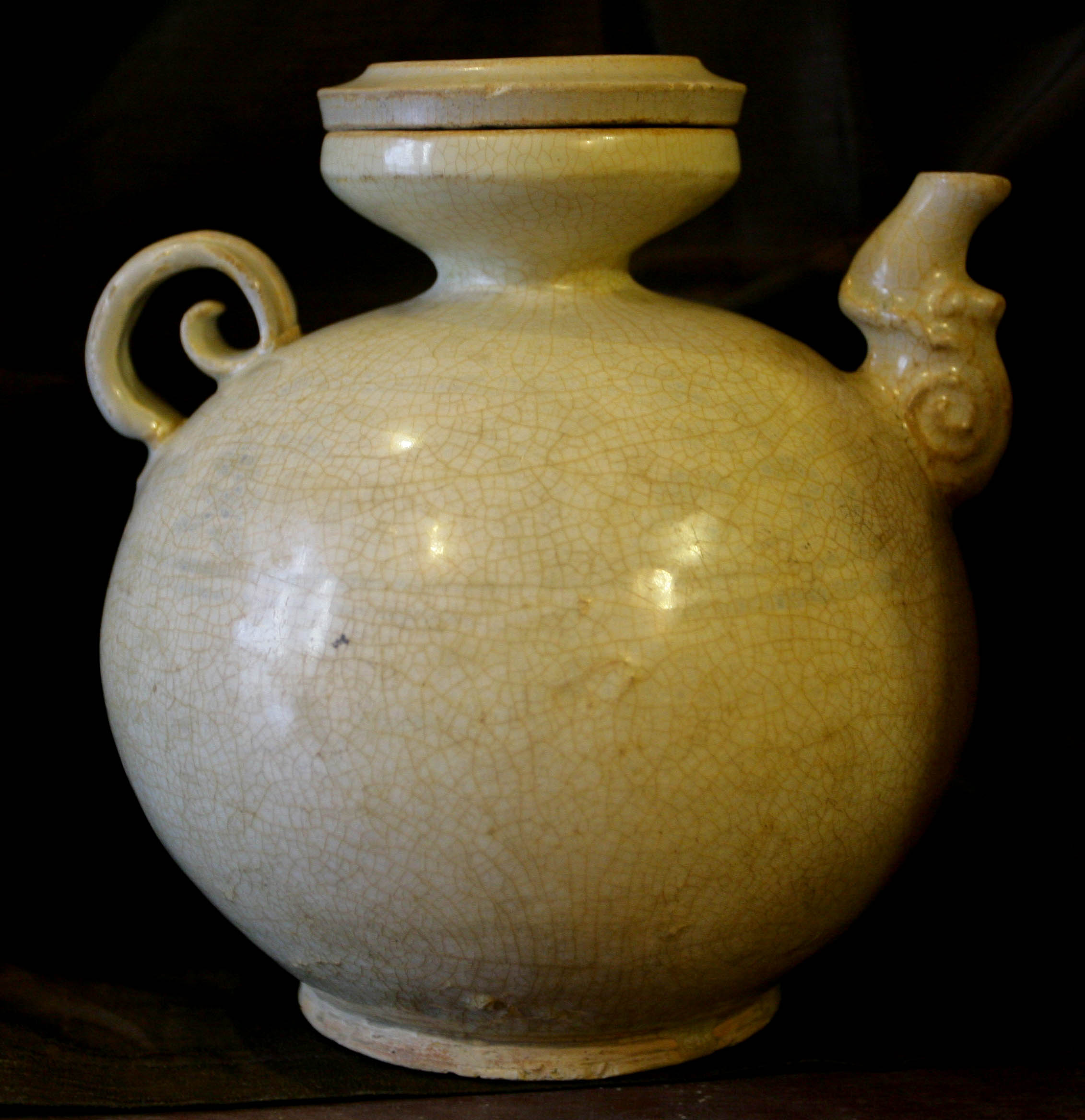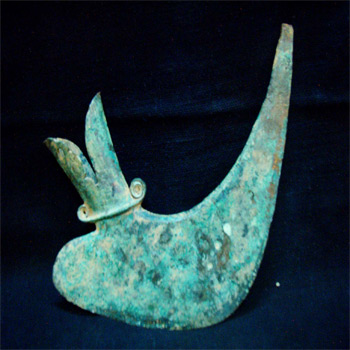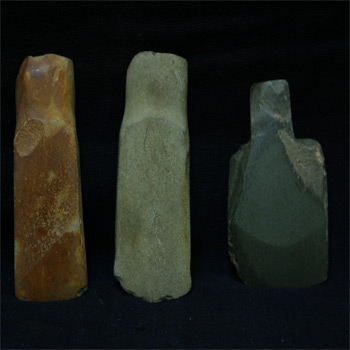Antique Objects of Stone, Bronze, Ceramic
- CERAMIC: Pottery is one of the important inventions of our ancestors for thousands of years. Pottery was born and immediately became closely linked to daily life. With the creativity and skillful hands of artisans, Vietnamese pottery has become an art form with deep folk and folk art. Folk art is reflected in the art of pottery is very deep, because the peaceful and long-term residence of ceramic art is idyllic, folk, ... This is due to the development of art history Pottery as well as the natural needs of the society.The art of Vietnamese ceramics, besides folk art also bearing the ethnicity. The enamel and enamel pottery and porcelain enamel made the Vietnamese ceramics resurrected and flourished and brought to the national level.Approaching the art of pottery and porcelain in Vietnam, we think of folk paintings, sculptures of the village, etc..
-DONG SON BRONZE: The Dong Son period is named for the site in northern Vietnam at which artifacts from this period were first uncovered. Although bronze-making technology was known in Viet Nam from about 1000 BC, it was done on a more sporadic basis, outside of the context of a large organized culture. It was not until the Dong Son Period that a culture that could truly be labeled as “Bronze Age” emerged.
The bronze-making period was preceded by a number of Neolithic cultures in a number of areas of Vietnam. The period was terminated by, and is followed by, the Han-Viet period (also called The Period of Chinese dominance and similar phrases). This latter period began with the conquest of much of what is now Vietnam by the Han Chinese armies. The Han period lasted almost a millennium, from around 100 AD to around 1000 AD (from approximately 2000 years ago to about 1000 years ago.During the Han-Viet Period, much of the material culture of Viet Nam was altered. Chinese shapes replaced indigenous Dong Son shapes in the areas of bronze casting and ceramics, among others. In some cases, the Han Viet objects are difficult to differentiate from those of China itself during the Han period.It should be noted that although the Han Dynasty ended around 200 AD in China, the term Han-Viet lasted much longer. This is because the word Han in Han-Viet refers to the Han people (the past and current word for the majority ethnicity in China, rather than the relatively short-lived dynasty of the same name (around 400 years.)
- Neolithic period 3000-4000 years ago: Phung Nguyen culture with more than 60 sites distributed in a wide range of the northern plains, mainly along the basins of major rivers flowing from the north to the Red River, the Black River. In this culture, the type of relics is very diverse, from the residence, burial to the mobile only factory labor tools and jewelry. Many materials used as stone basalt, Diabazan, Spilite ... but more common and characteristic still an idiot Nephrite and Jadiete. According to documents of the archaeologist, the Phung Nguyen also use a mixture of both these rocks in the same general purpose is to make working tools, weapons, jewelry. Stone here, not the quantity, but also rich in type. Characteristics of the Stone Age Phung Nguyen is built with a high level of technical, manufacturing stone is ground smooth, regular shape balance, angle straight edge or round town charm. Small size is a prominent feature of the Stone Age Phung Nguyen compared to other places. In Phung Nguyen, the number of axes to grow no more. Many small ax that makes people doubt the actual use of them, there were not too long and 2cm. Phung Nguyen hunting weapons, but also rare. The long narrow leaf arrow rolling or not, the flat triangular arrow, along the three-arrow next to bring its typical appearance.







